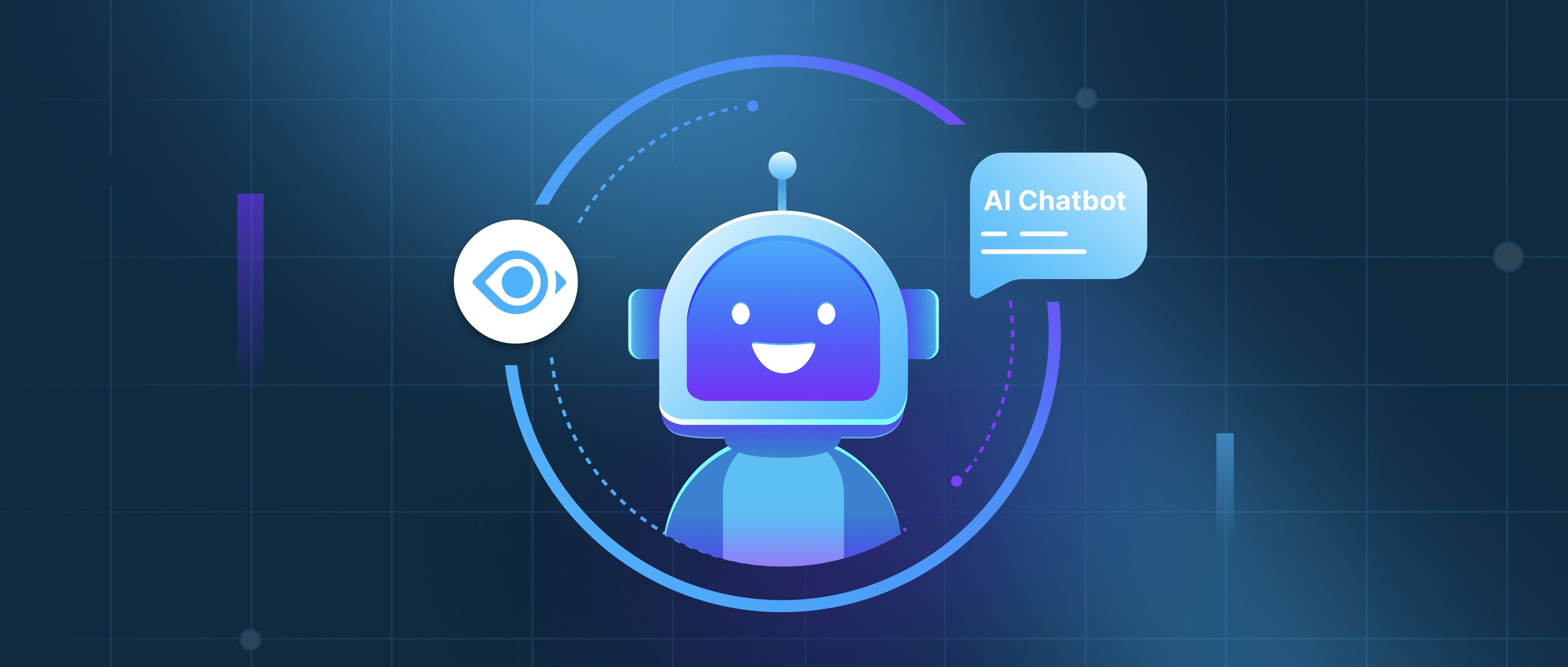When testing large-scale performance without access to full datasets, developers can use sampling, synthetic data, and infrastructure downscaling to approximate results. These methods help identify bottlenecks and validate assumptions early, reducing risks before scaling up. The goal is to balance practicality with accuracy by simulating real-world conditions as closely as possible within resource constraints.
First, data sampling is a straightforward approach. Using a representative subset of the full dataset (e.g., 10% of records) allows basic performance checks. Stratified sampling ensures critical scenarios or edge cases are included—for example, testing a database query with a subset that includes both high-traffic and low-frequency data ranges. While this won’t expose distributed system challenges like sharding or network latency, it helps validate query efficiency, indexing, or memory usage. Tools like Apache Bench or custom scripts can simulate load on this subset. However, developers must account for non-linear scaling; a 10x increase in data size might not linearly correlate with 10x longer response times due to factors like disk I/O contention or caching.
Second, synthetic data generation creates mock datasets that mimic production data’s structure and distribution. Tools like Faker or custom scripts can generate data with similar cardinality, string lengths, or relationships (e.g., user orders linked to profiles). For example, a video streaming service might simulate user watch histories with synthetic timestamps and content IDs to test recommendation algorithms. Synthetic data is particularly useful for stress-testing specific components, such as API endpoints handling high concurrency. However, it may miss real-world anomalies (e.g., skewed distributions or unexpected null values), so combining synthetic data with sampled production data often yields better results.
Third, modular testing and infrastructure downscaling isolate components to identify bottlenecks. For instance, testing a distributed database at 10% of its target node count can reveal issues like inefficient replication or query routing. Similarly, running a microservice with limited CPU/memory quotas (using Docker or Kubernetes resource limits) can expose memory leaks or thread contention. Profiling tools (e.g., Py-Spy for Python, VisualVM for Java) help pinpoint slow functions or excessive garbage collection. While this approach doesn’t replicate full-scale network overhead, it provides actionable insights for optimization, such as improving database indexing or reducing serialization costs.
By combining these methods, teams can iteratively refine performance. For example, a hybrid approach might use sampled data to test query logic, synthetic data to simulate load, and modular profiling to optimize critical paths. While small-scale tests can’t fully replicate production behavior, they reduce the risk of catastrophic failures and provide a foundation for scaling confidently.
